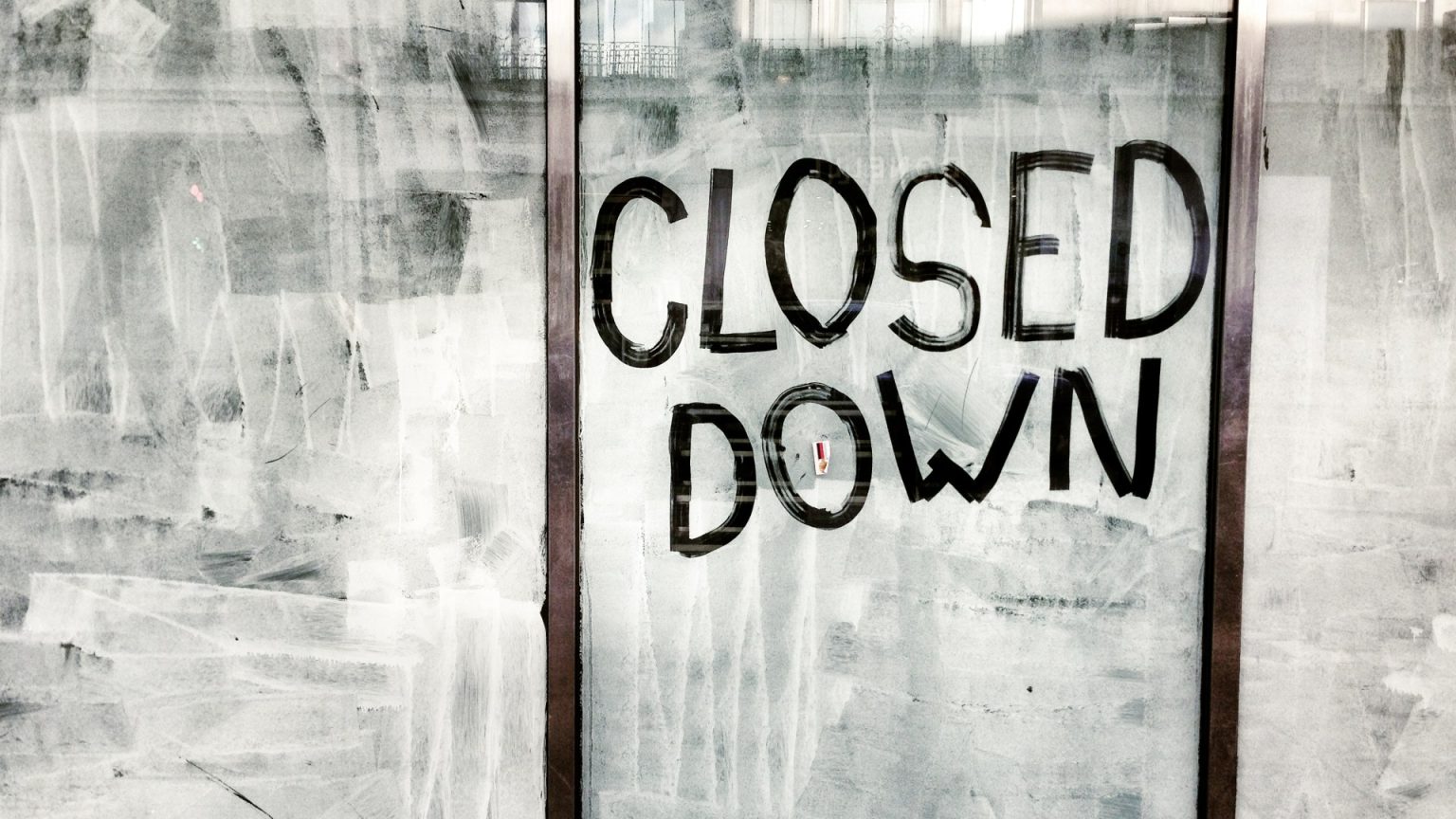The Shifting Landscape of British Retail: Iceland and the Ongoing High Street Evolution
The British high street continues to undergo a significant transformation, with the closure of Iceland’s Welling branch serving as a microcosm of larger retail trends. The closure, slated for February 1st, follows a wave of similar shutdowns by Iceland across the UK, impacting both smaller high street locations and larger retail parks. While Iceland’s decision has understandably upset local shoppers who rely on the convenience and familiarity of their local branch, it represents a strategic recalibration by the company, focusing on a shift towards the larger Food Warehouse format. This transition reflects a broader movement within the retail sector, driven by evolving consumer preferences and economic pressures.
The decline of the traditional high street is a complex and multifaceted issue. The rise of online shopping has fundamentally altered consumer behaviour, leading to reduced foot traffic and declining sales in brick-and-mortar stores. This shift has been exacerbated by rising operational costs, including staff wages and rent, making it increasingly difficult for retailers to maintain profitability in traditional high street locations. The COVID-19 pandemic further accelerated this trend, forcing many consumers to embrace online shopping and accelerating the closure of already struggling businesses.
Iceland’s strategy of expanding its Food Warehouse presence reflects a growing trend towards larger format stores, often located in retail parks. These locations offer ample free parking and a wider selection of products, attracting consumers who prioritize convenience and value. This trend is not unique to Iceland; many major retailers, such as Next and Marks & Spencer, have adopted similar strategies, downsizing their high street presence while expanding their footprint in retail parks. This shift reflects a changing consumer landscape where convenience, accessibility, and price competitiveness are paramount.
While the closure of high street stores paints a concerning picture for the future of town centres, it is important to acknowledge that the retail sector is not simply in decline, but rather in a state of evolution. The growth of discount retailers like Aldi, Lidl, B&M, and Home Bargains demonstrates that physical stores still hold significant appeal, particularly for budget-conscious consumers. These retailers have capitalized on the changing economic climate, offering value-driven products and convenient shopping experiences, often in locations previously occupied by struggling retailers.
The rise of online shopping has undeniably reshaped the retail landscape, forcing businesses to adapt or face closure. Many retailers are embracing a multi-channel approach, integrating online platforms with their physical stores to offer a seamless shopping experience. Click-and-collect services, online ordering with in-store pickup, and home delivery options are becoming increasingly common, blurring the lines between online and offline retail. This integrated approach allows retailers to cater to a wider range of consumer preferences and capitalize on the advantages of both online and physical retail.
The future of the high street remains uncertain, but it is unlikely to disappear entirely. The challenge for retailers is to adapt to evolving consumer behaviour and find innovative ways to attract shoppers back to physical stores. Experiential retail, community engagement, and personalized services are just some of the strategies being employed to revitalize town centres and create a more engaging shopping experience. The high street of the future will likely be a blend of traditional retail, experiential offerings, and community spaces, catering to a diverse range of needs and preferences. While the closure of stores like Iceland’s Welling branch is undoubtedly a loss for local communities, it is also a catalyst for change, prompting retailers and local authorities to rethink the role of the high street in a rapidly evolving retail landscape. The future success of the high street depends on the ability of businesses and communities to adapt, innovate, and create vibrant and engaging spaces that meet the needs of modern consumers.











